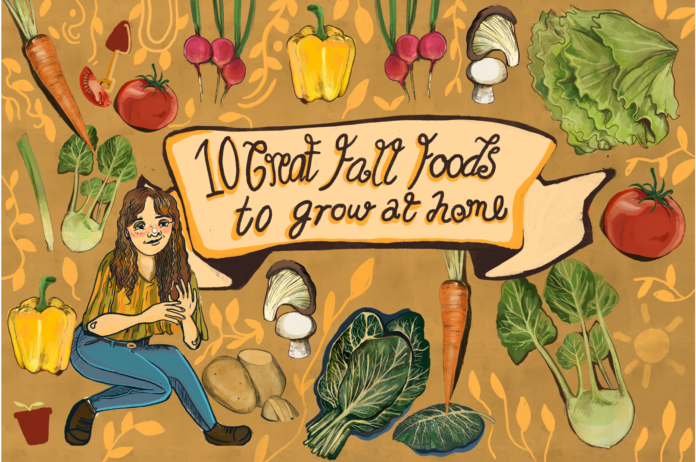With the coming of fall and decrease in outdoor temperatures in Canada, the act of growing most produce outside becomes nearly impossible. However, if you’re looking to keep that green thumb going this autumn, there are still a select few crops that can survive outdoors, as well as many great types of food to grow indoors.

One of the best fall vegetables for outdoor gardens are turnips. These root vegetables are best directly sowed in late summer to early fall, and even continue to grow into winter. Turnip roots are ready to harvest by the time they begin to pop above the soil line—and remember, the smaller the turnip, the more tender they are when you roast them.

Another great vegetable to grow in your outdoor garden are collards, a type of green that can grow in almost all conditions during the seasons of spring and fall. This delicious leafy plant is one of few greens that tastes sweeter when it’s lightly touched by frost and thus is a great choice for a fall garden.
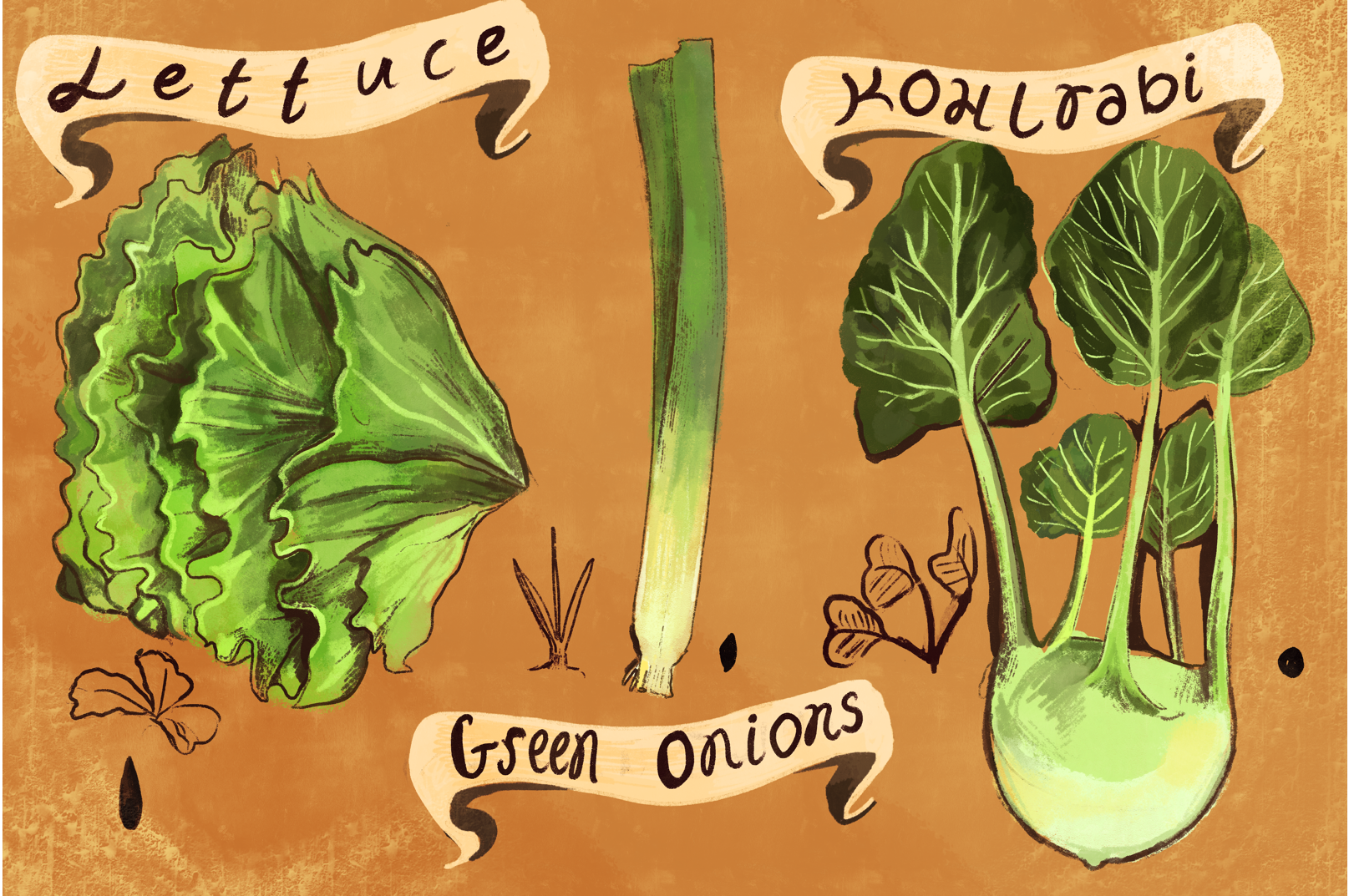
An outdoor fall gardener can also add vegetables such as green onions (i.e. scallions), lettuce, and kohlrabi to their list of possible vegetables to grow during the fall season. These vegetables are more difficult to cultivate with extremely cold temperatures, but can still thrive in cooler climates.
Green onions can be sown in late summer and harvested through fall to early winter. Lettuce can be planted between late summer to early fall in seed form. However, if you’re looking to pot some lettuce in the late fall, it’s best to plant them as blooms. Lastly, kohlrabi can be put into soil when the cooler season starts or later into fall since they only take up to six weeks to mature and harvest.
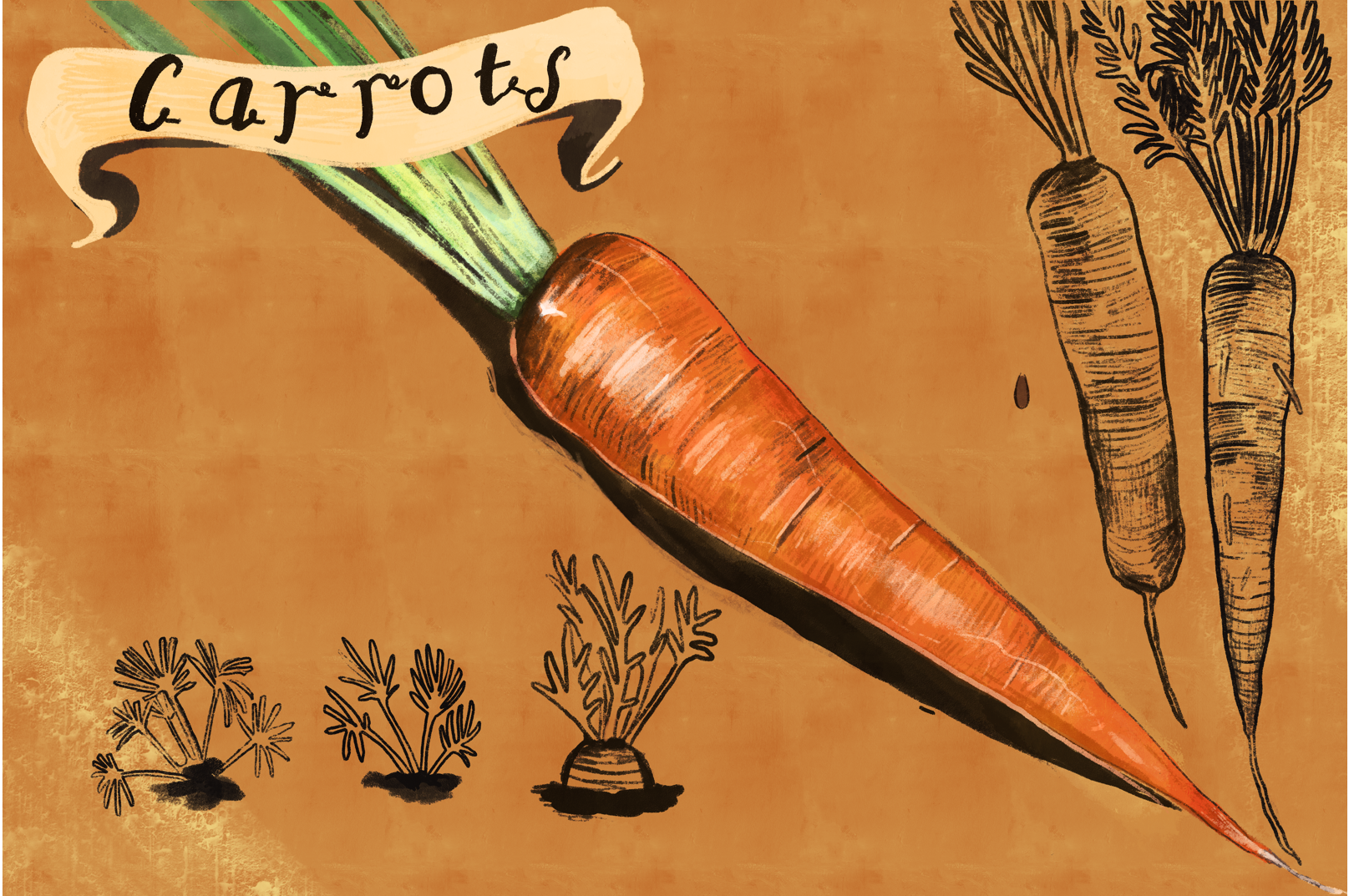
On the other hand, carrots are some of the easiest indoor vegetables that can be grown within your own home during the fall. To grow carrots inside, all you need to do is supply them with artificial light, some TLC, and a deep enough container for the specific variety you’ve chosen for your garden. However, after the carrots begin to sprout, you gotta remember to weed out some of them to allow the rest ample room for growth.
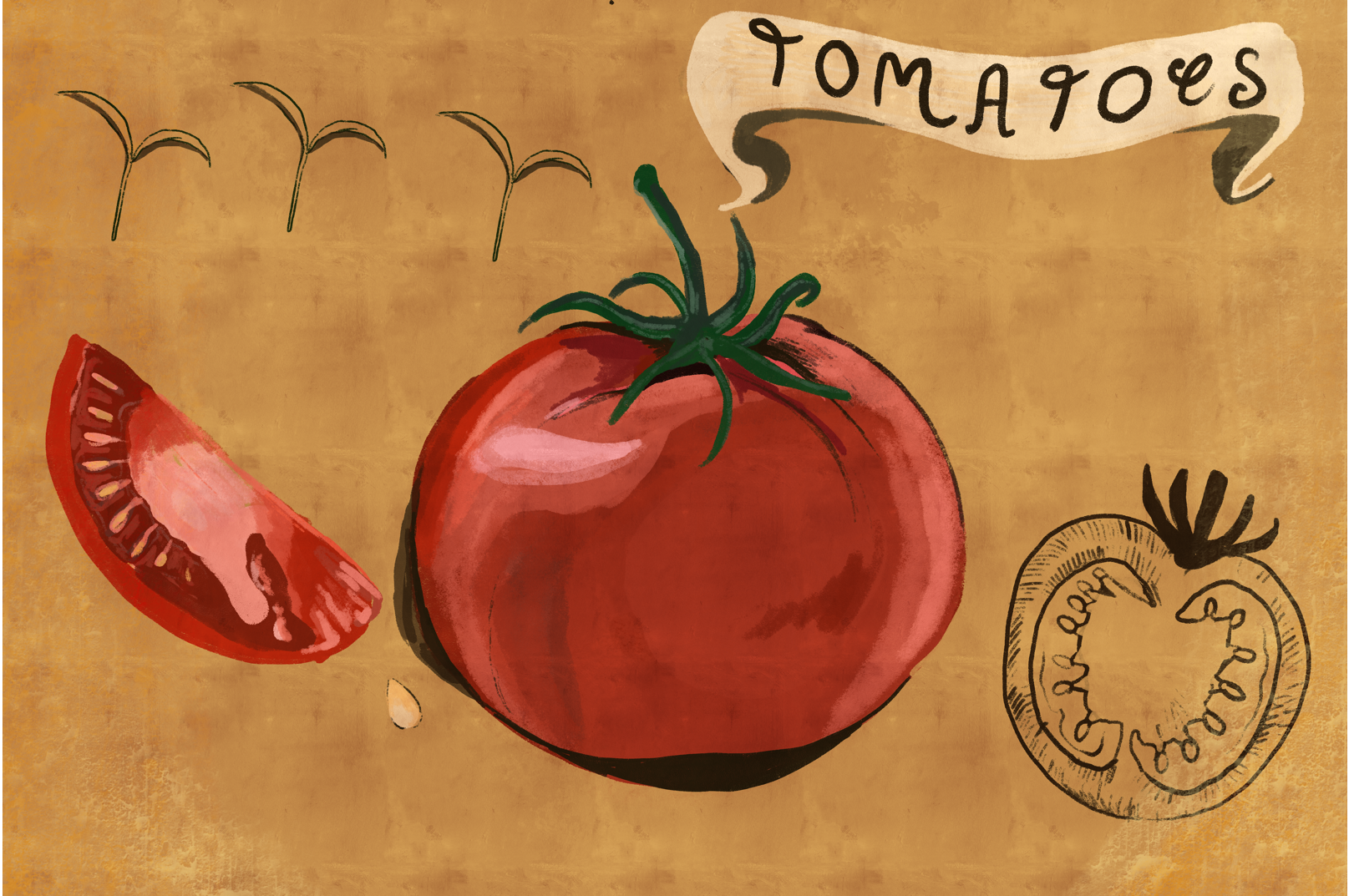
A second great option for your indoor fall garden is tomatoes. Tomatoes are excellent fruits to grow indoors when they’re of a smaller variety, and will especially flourish near a window with lots of sunshine. When growing tomatoes in your home, just make sure you have your heating on and you water them semi-frequently.
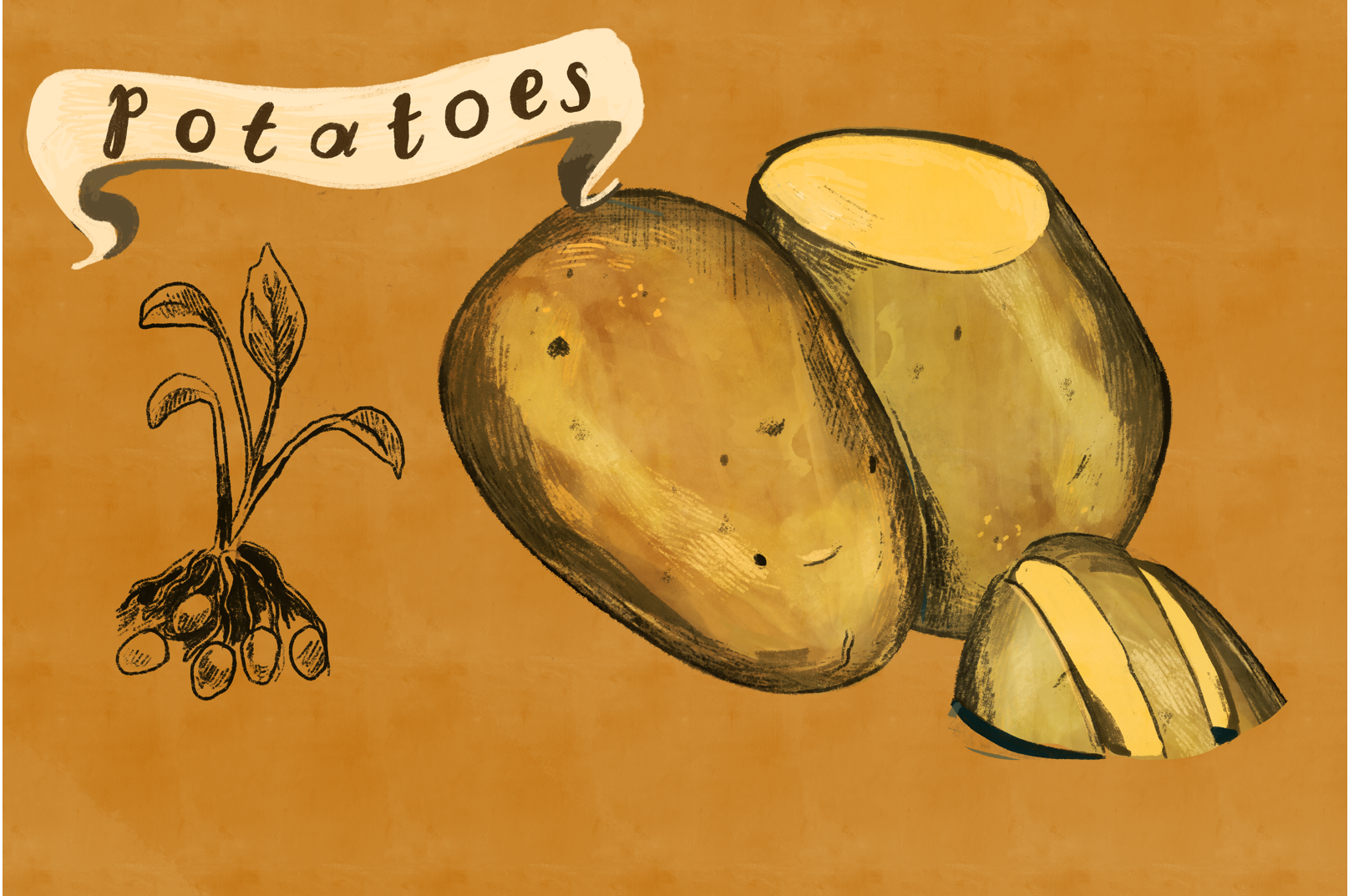
An additional go-to indoor fall vegetable is the potato. All you need to grow these bad boys is a deeper pot to allow them to be covered in potting soil once placed inside, some grow lights to put directly above the pots, and plenty of patience for their slow harvest.
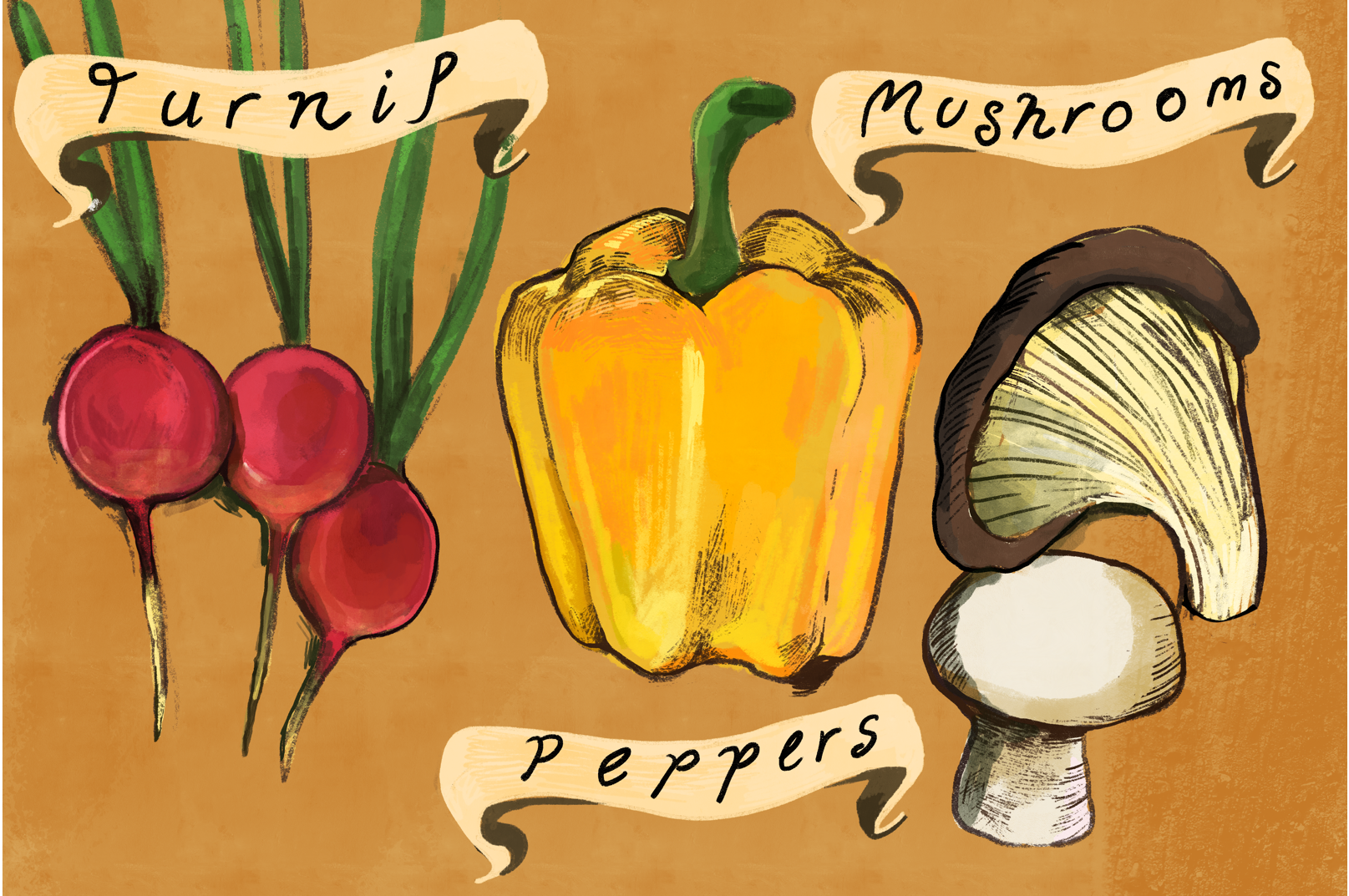
Lastly, some of the easiest indoor vegetables to add to your fall garden has to be radishes, peppers, and mushrooms.
Radishes are an edible root that take minimum effort to grow and are one of the fastest vegetables to harvest when planted as seeds in pots. To successfully grow your radishes, make sure to keep the soil moist until the first shoots appear and then begin to gently water regularly with a watering can. Never overwater your radishes—only water them until they have sufficient moisture for roots to grow plump.
Smaller variety peppers are the best choices for an indoor potted garden, particularly pequin peppers, chiltepins, habaneros or Thai peppers. These are some of the best peppers to grow as they will retain their heat even though they might be smaller than their outdoor counterparts. To grow your peppers, make sure to place them on a window sill with high levels of sunlight or under a grow light, and make sure their containers are large enough to allow enough space for the bushes to take root.
Mushrooms are another go-to indoor produce for everyone from amateur to professional gardening enthusiasts, no matter the season. These edible fungi just need to be added to some dampened soil and left someplace dark in your home. Some of the best dark places you could grow and store them would be in a closet, attic, or even your basement. Nonetheless, the only issue with growing your personal collection of mushrooms indoors would be having to explain to concerned visitors why you have what may look like a mushroom shrine tucked into a dark corner of your home. And to that I would say: because there just isn’t mush-room elsewhere in the house!
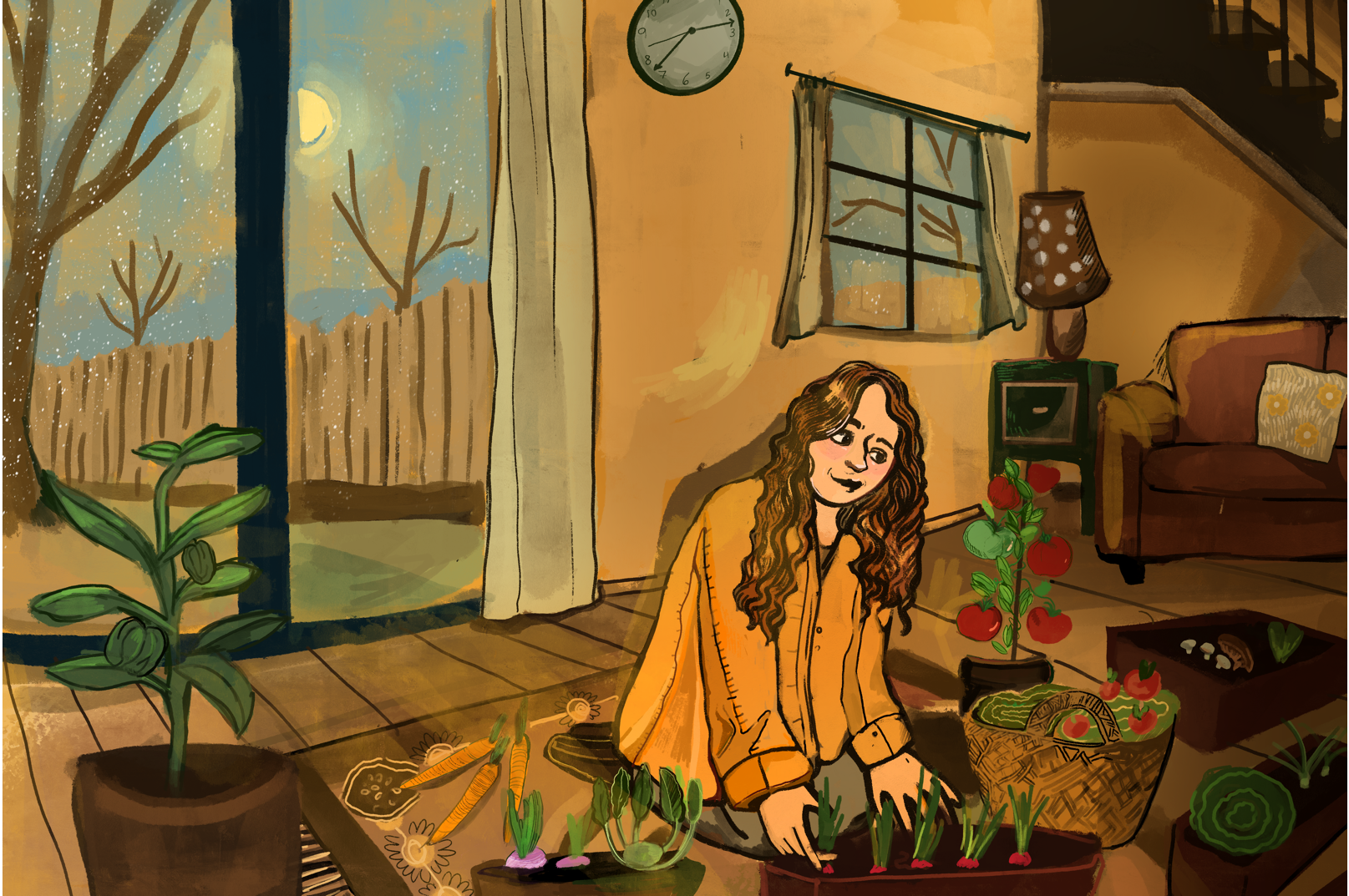
Overall, there are many options for produce you can grow in the fall, both outdoors and indoors. Instead of relying on out-of-season or imported fruits and vegetables, try growing one (or maybe more) of the 10 possible foods listed above—you might be shocked at what you’re able to ‘produce’!
Featured graphics by Sara Mizannojehdehi.


